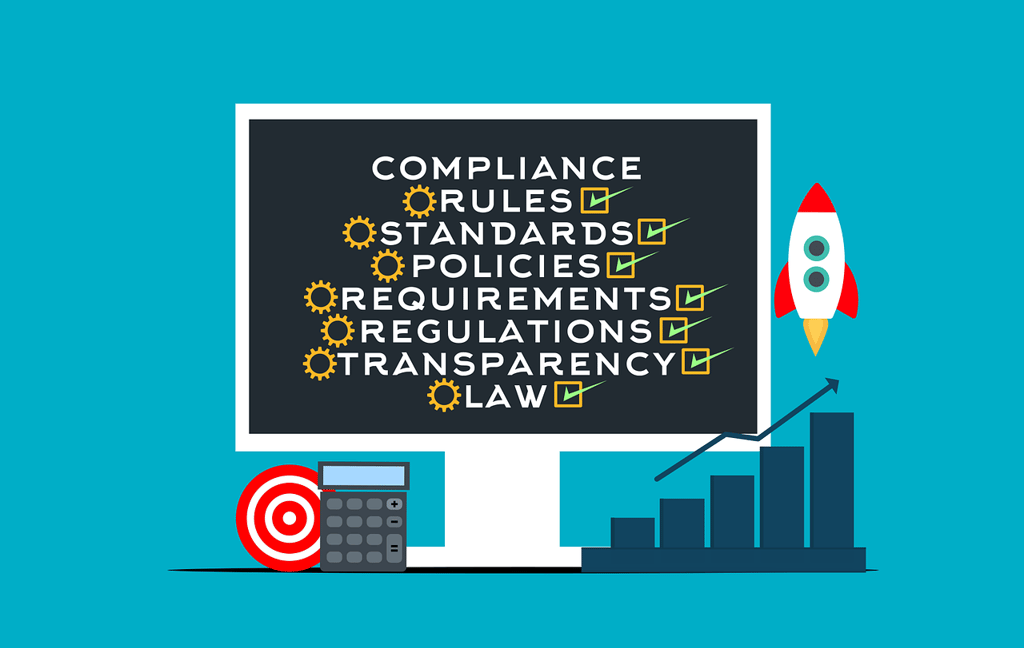How to Achieve Compliance Excellence: Setting the Gold Standard for Your Organization
Learn how to set the gold standard in compliance with our comprehensive guide. Discover strategies for developing a robust compliance framework, effective training, continuous monitoring, and fostering an ethical corporate culture.
REGULATORYQUALITY
5/30/20242 min read


Setting the gold standard in compliance involves establishing and maintaining the highest possible benchmarks for adherence to laws, regulations, and internal policies. Here are some strategies to achieve this goal:
1. Establish a Robust Compliance Framework
Develop Clear Policies and Procedures:
Draft comprehensive policies addressing all regulatory and internal requirements.Implement a Code of Conduct:
Create a code of conduct that reflects the company's values and compliance standards.Conduct Risk Assessments Regularly:
Regularly conduct risk assessments to identify and mitigate potential compliance risks.
2. Demonstrate Leadership Commitment
Tone from the Top:
Ensure that senior management demonstrates a strong commitment to compliance, which will influence the entire organization.Compliance Leadership:
Appoint a Chief Compliance Officer (CCO) or equivalent to lead the compliance program.
3. Invest in Training and Education
Regular Training Programs:
Implement ongoing training sessions for employees at all levels to ensure they understand compliance requirements and their role in maintaining standards.Resource Availability:
Provide easy access to compliance resources and support for employees.
4. Implement Monitoring and Auditing Practices
Internal Audits:
Conduct regular internal audits to ensure adherence to compliance policies and identify areas for improvement.Continuous Monitoring:
Use technology to continuously monitor compliance with policies and regulations.
5. Foster Effective Communication
Open Channels: Establish clear and open channels for communication regarding compliance issues, including anonymous reporting mechanisms.
Transparency: Maintain transparency in compliance-related matters, both internally and externally.
6. Ensure Accountability and Enforcement
Clear Accountability: Define clear roles and responsibilities for compliance throughout the organization.
Consistent Enforcement: Enforce compliance policies consistently and fairly across all levels of the organization.
Disciplinary Actions: Implement and communicate consequences for non-compliance.
7. Leverage Technology and Innovation
Compliance Software:
Invest in compliance management software to streamline processes and ensure accuracy.Data Analytics:
Utilize data analytics to identify trends and potential compliance risks.
8. Engage in External Benchmarking and Collaboration
Industry Standards:
Benchmark your compliance program against industry standards and best practices.Collaboration:
Collaborate with industry peers, regulatory bodies, and compliance organizations to stay updated on best practices and emerging trends.
9. Commit to Continuous Improvement
Feedback Loops:
Establish mechanisms for continuous feedback and improvement of the compliance program.Regular Reviews:
Periodically review and update compliance policies and procedures to reflect changes in regulations and business operations.
10. Promote an Ethical Culture
Foster an Ethical Environment:
Promote an organizational culture that prioritizes ethical behavior and compliance.Recognition Programs:
Recognize and reward employees who demonstrate a strong commitment to compliance and ethical conduct.
By implementing these strategies, an organization can set and maintain the gold standard in compliance, ensuring adherence to regulations and fostering a culture of integrity and ethical behavior.
Remember, compliance is not just about avoiding penalties; it's about building a sustainable and ethical business that stakeholders can trust and respect. Aim high, and commit to best practices, and your organization will lead the way in compliance excellence.
